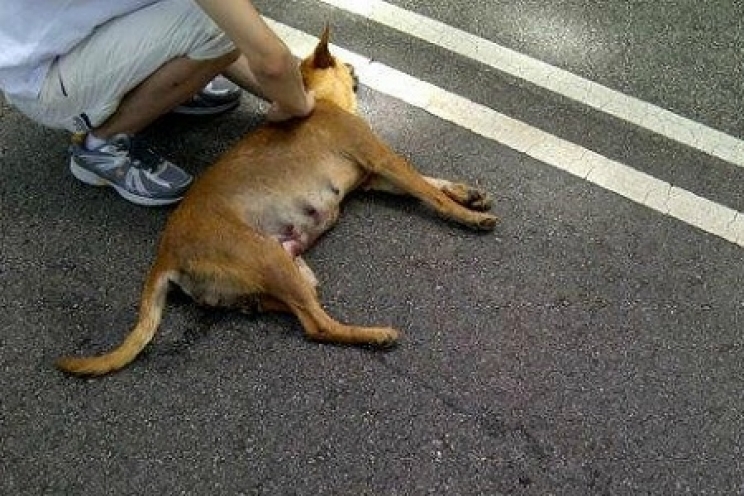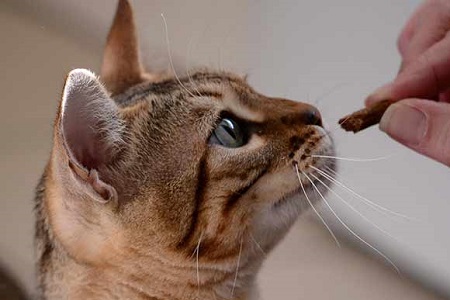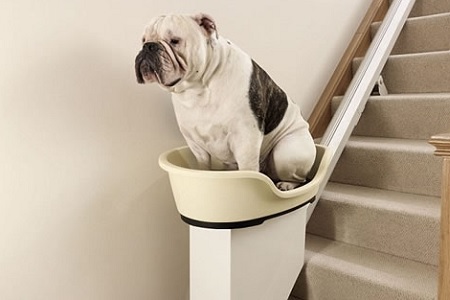The liver is an organ of fundamental importance for the health of the whole organism. When liver problems arise, many functions of our body are impaired. This is why it is important to know how to treat liver disease, starting with the right diet. Let's see together what characteristics the ideal diet must have for dogs and cats with liver problems.
What is the liver used for?
The liver is a large gland and is the largest and most complex organ in our body. Each of its functions is fundamental for the correct functioning of the body. However, not everyone would be able to describe exactly what the liver is used for.

Firstly, the liver is used to digest fats, facilitating their flow into the blood stream from the intestine. Furthermore, it has the task of producing cholesterol, a very important fat for our body, if present in the right quantity. Indeed, cholesterol makes cells stronger and is used to make certain hormones, such as testosterone.
In addition, the liver also serves to eliminate toxic substances, such as ammonia and urea, produced by our own body, or those taken from the outside, such as drugs or some minerals, including copper.
When the liver has problems, it is generally referred to as a "liver disease". These can have different causes and symptoms, so it would be difficult to describe them all. In any case, the factors that can cause a liver problem are above all:
- Accumulation of toxic substances or drugs;
- Bacterial infections, especially leptospirosis;
- Viral infections, especially the dog's Infectious Hepatitis;
- Diabetes mellitus;
- Obstructions of bile flow caused by stones or tumours;
- Autoimmune diseases;
- Liver neoplasms.
Furthermore, a particular case is that of the so-called "feline hepatic lipidosis". Felines, in fact, are very sensitive to fasting, so if they were to drastically reduce food intake, they would face this problem. In other words, fats would build up in the liver, causing serious problems.
In some cases the typical symptoms of liver disease, such as enlarged liver, faded faces and the presence of fluids in the abdomen, can be caused by other problems, so it is always important that the veterinarian carefully visits the animal to get a specific diagnosis.
Diet for liver problems
The liver is an organ with a special feature: it is capable of regenerating itself. This means that if a piece of gland is removed, it will grow back exactly as before. Therefore, the diet for liver problems must have as its objective to give it all the necessary time to regenerate.

Once the veterinarian has managed to identify the exact cause of the problem, it will be essential to adapt the animal's diet accordingly. In most cases, it will be necessary to distinguish between acute and chronic liver disease.
Acute liver disease is rarer, and is mostly caused by toxic substances or drugs, less frequently by viruses. In these cases, there will be a shortage of sugar in the blood, so it is necessary to guarantee the animal the right amount of sugar, eating little quantities more often. The food must have a good concentration of proteins, preferring those of soy or milk to those of animal origin. In addition, it can be useful to ensure proper integration of antioxidant substances, such as vitamins C and E.
Chronic liver disease, however, is a more serious situation than the acute one, because it appears slowly, so the owner does not always manage to notice its presence.
In both cases, it is always essential to proceed systematically. Especially if the dog has been fasting for more than 48 hours, as it often happens, the veterinarian will be able to proceed with a tube or, if the animal allows it, offering him the food directly.
The food must be administered often and in very small quantities, slowly increasing the dosage day by day. Initially, it may be necessary to start with half of the animal's normal daily energy needs, to increase it over the days.
The ideal food for liver problems must therefore have precise characteristics:
- palatability, to stimulate the animal to eat;
- High energy content;
- Reduced concentration of copper, which can aggravate the situation;
- Integration of antioxidants, such as taurine and vitamin C and E;
- Integration of substances normally produced by the liver, such as vitamins B and K;
- High content of soluble fibres, such as FOS, which absorb toxins and reduce the production of further ammonia;
- Presence of proteins, especially of soy or milk.
The main advice is to always rely on your veterinarian, especially during the initial phase of therapy.













 Tips
Tips





